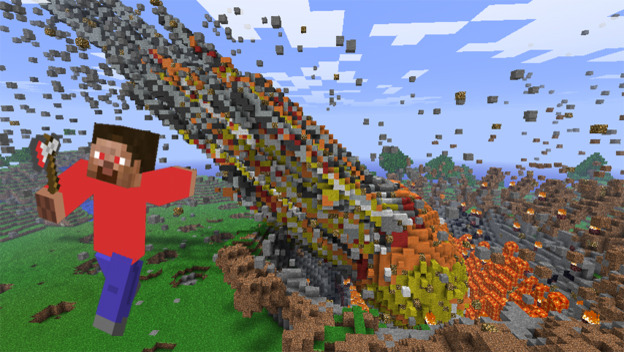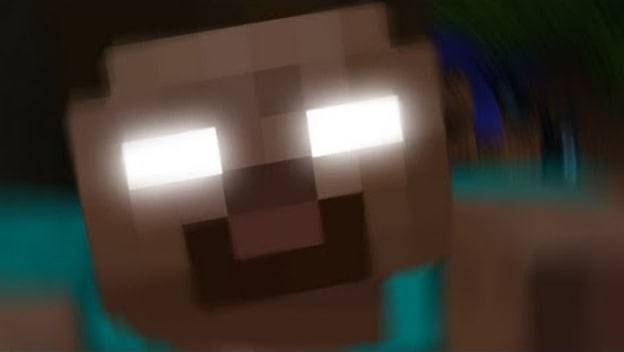Minecraft is out for the PlayStation 3, continuing its slow climb towards the domination of every piece of hardware in the gaming world. There are some great things about Minecraft —the creativity it inspires, the fact that it’s great for kids and families to play together and the amazing mods that have been made for the PC version. However, I have a bone to pick with the influence Minecraft has had on the gaming world. Thanks to its phenomenal success, we now have a raft of games using procedural generation to create game worlds.
“Procedural generation” is a fancy way of talking about random content generation that’s guided by algorithms. In other words, creating random things within certain bounds. It’s an important tool for the huge game worlds that many companies create today, allowing artists to avoid creating every tree in a forest completely by hand or individually skin every unimportant NPC in a crowd. My problem with procedural generation is when it’s used to create entire game worlds, something that is becoming more common with the rise of indie games and especially games inspired by Roguelikes and Minecraft . I believe that procedural generation for world building is a dead end when it comes to video game design.
Sure, randomly-created worlds and dungeons ensure a different experience every time a player starts a new game, but it’s essentially a same-y “different” experience. There’s a blandness, a flatness to environments created entirely by computers. Algorithms don’t understand how to create a breathtaking vista that the human eye can appreciate. They can’t design devious dungeons with clever traps. They can’t create compelling characters with interesting stories to tell or make the kinds of satisfying platforming challenges that talented designers can engineer.
Procedurally generated worlds have their place. They work in Diablo because that game is all about character development and loot. They work reasonably well in Minecraft because that game is all about prospecting and building, although I think a bit less randomness would serve Minecraft well. They work in well-designed Roguelikes (and there are a lot of poorly-designed Roguelikes out there) because the focus of those games is survival in the face of the sheer brutality of randomness. Where they do not work is in any game that has a primary focus on exploration, puzzles, or story.
This is why I find myself yawning over No Man’s Sky , the darling of this year’s VGX broadcast (granted, it didn’t take much to look better than most of that broadcast). It’s a game that promises to use procedural generation to create a vast universe to explore. To me, that’s a promise that favors quantity over quality, and we need to stop accepting that kind of compromise as gamers. Overuse of procedural generation creates boredom. Sure, you’ve got hundreds of planets to explore, but how many will really have fascinating new life forms to discover or amazing natural wonders? Without the human touch that goes into true creation, one planet is going to be more or less just like another.

The evolution of video game world design should be towards more hand-created worlds rather than more computer-generation. It should be towards creating tools that allow designers to more quickly and easily create unique content rather than towards creating content that is little more than filler. It should be towards learning how to create engaging places to explore, as Bethesda has slowly been doing with dungeons since it abandoned procedural generation after The Elder Scrolls: Daggerfall and built up to its best-yet overall dungeon design in Skyrim .
For most games, procedural generation is a useful tool to use in order to augment hand-created worlds, allowing artists and designers to spend their valuable time on a game’s highlights. It cannot, however, stand in for a real person when it comes to designing compelling worlds. I’d rather see small, independent game developers create shorter, carefully designed areas than sprawling game worlds that are mostly designed by a computer. Large developers should also keep in mind that if budget constraints don’t allow for a fully hand-crafted world, it’s better to cut down on the amount of content and focus on quality areas rather than having a huge quantity of computer generated filler.
I’m not going to put all the blame for the current rash of random-world games at Minecraft ‘s feet, but I do hope that developers think hard before emulating that game’s random world generation. Very few gaming experiences are made better for having random rather than purposeful design, and gamers deserve better than a dull toil over an environment that was barfed out by a computer.
